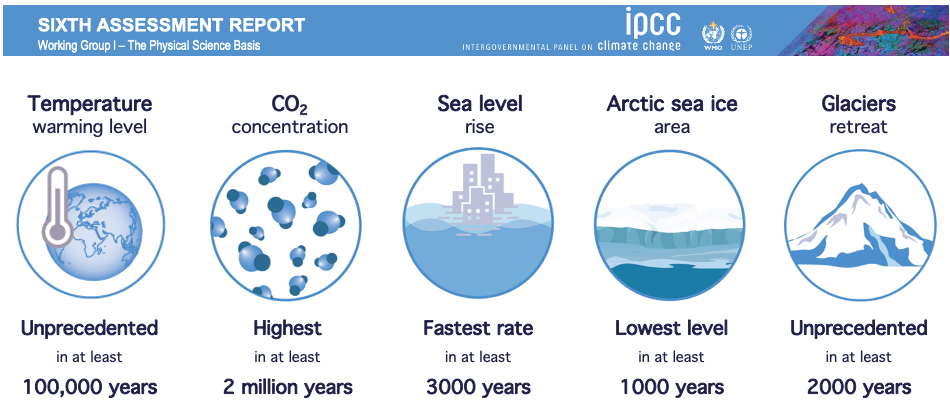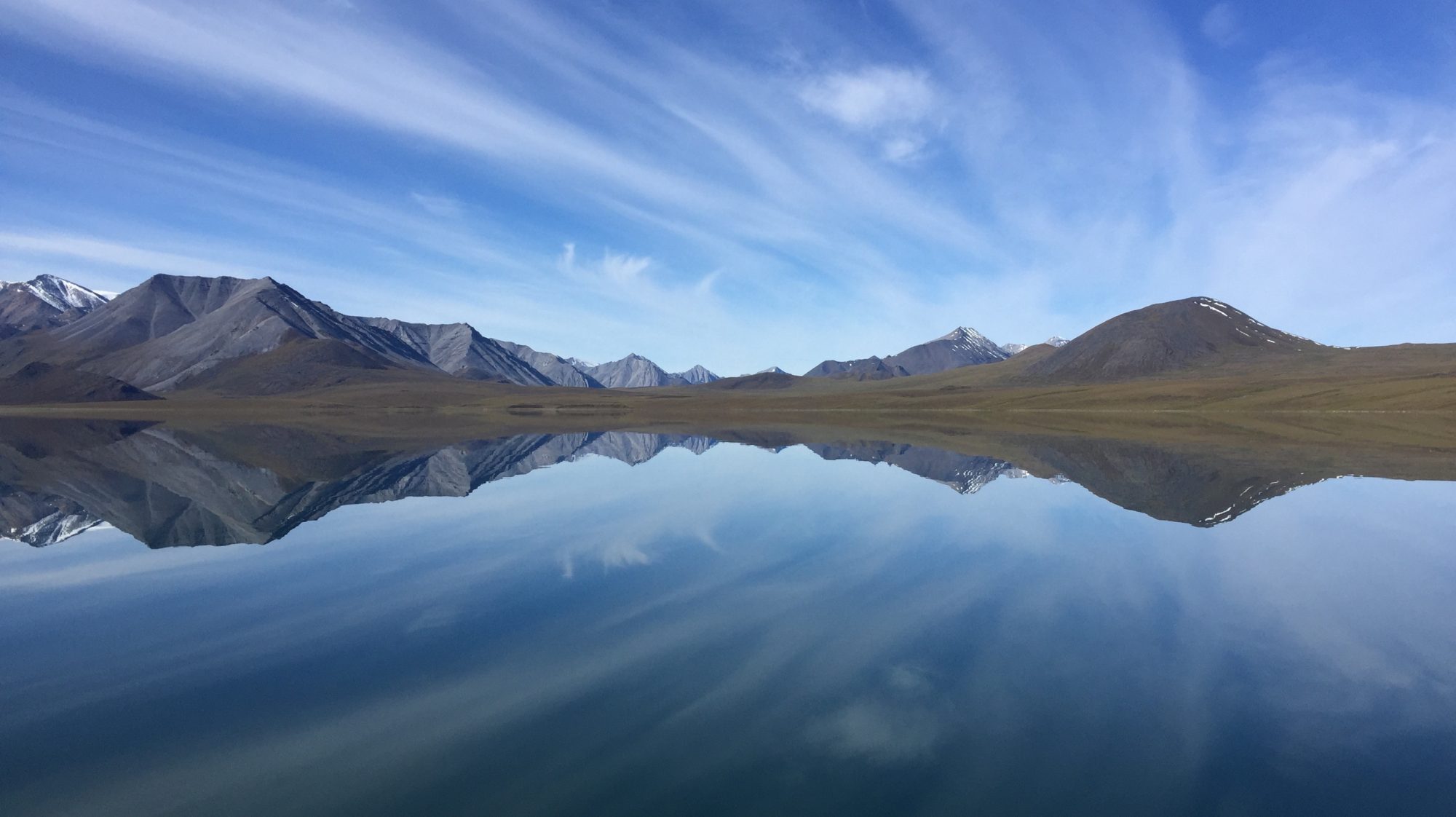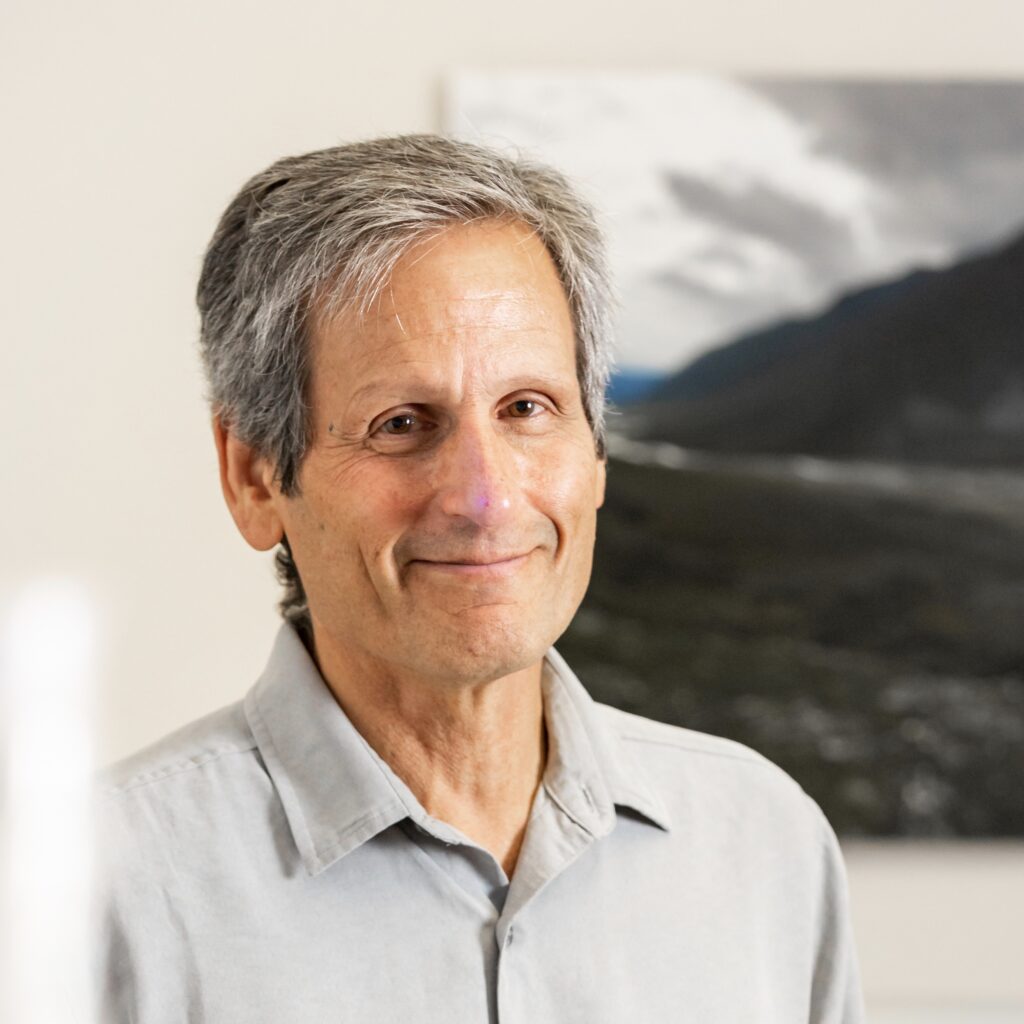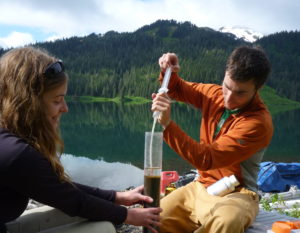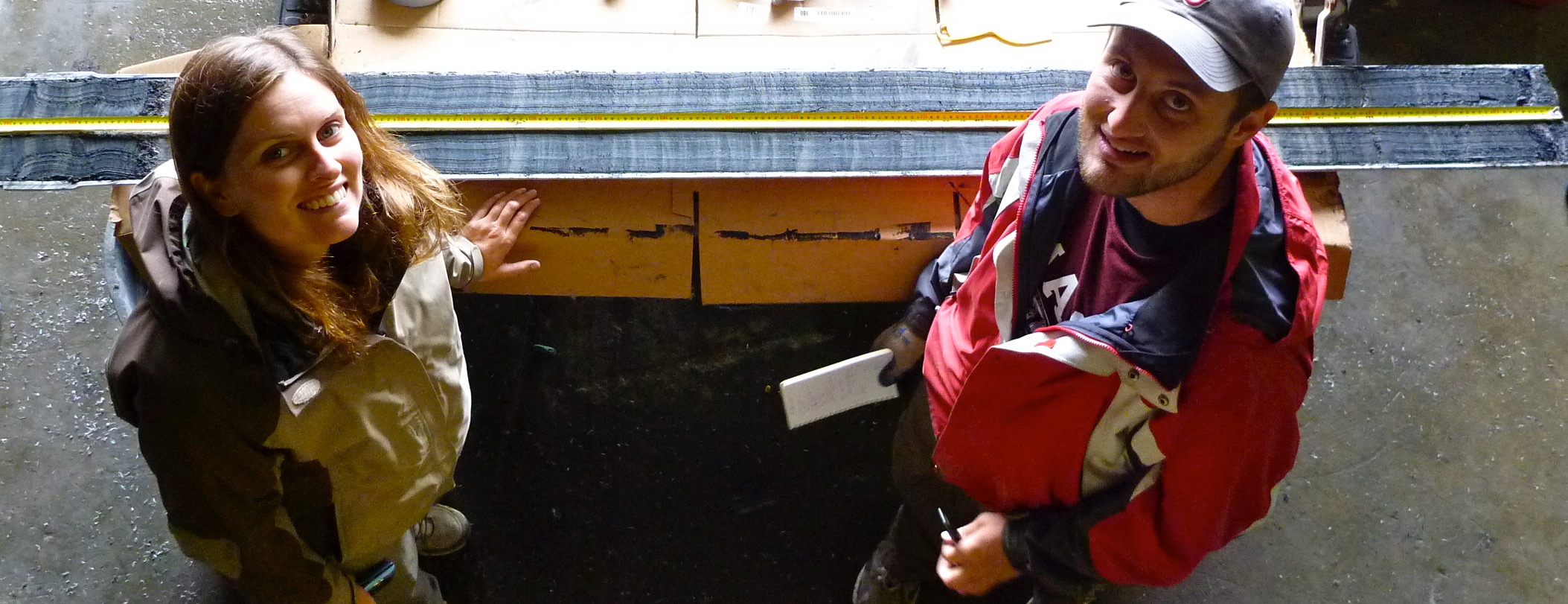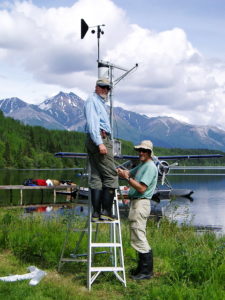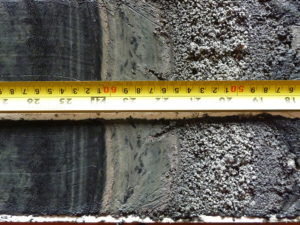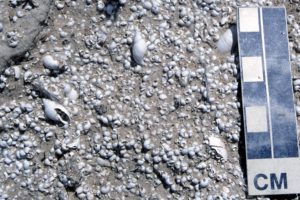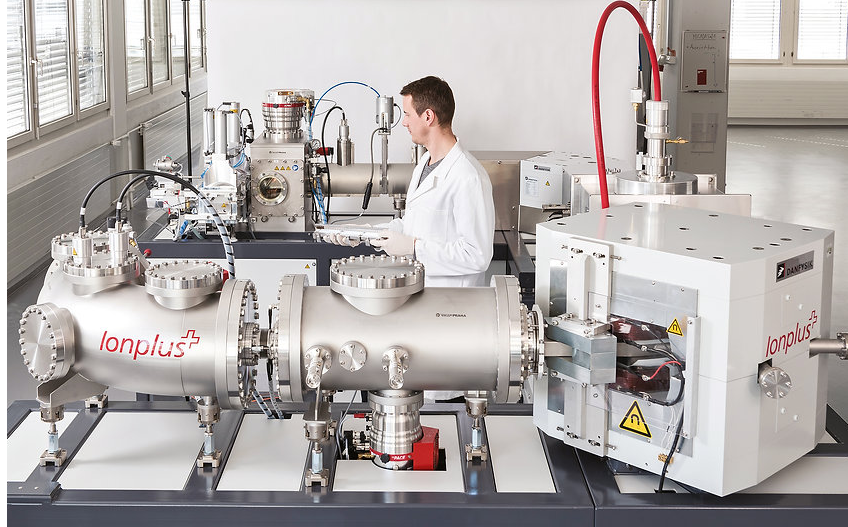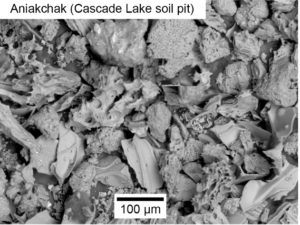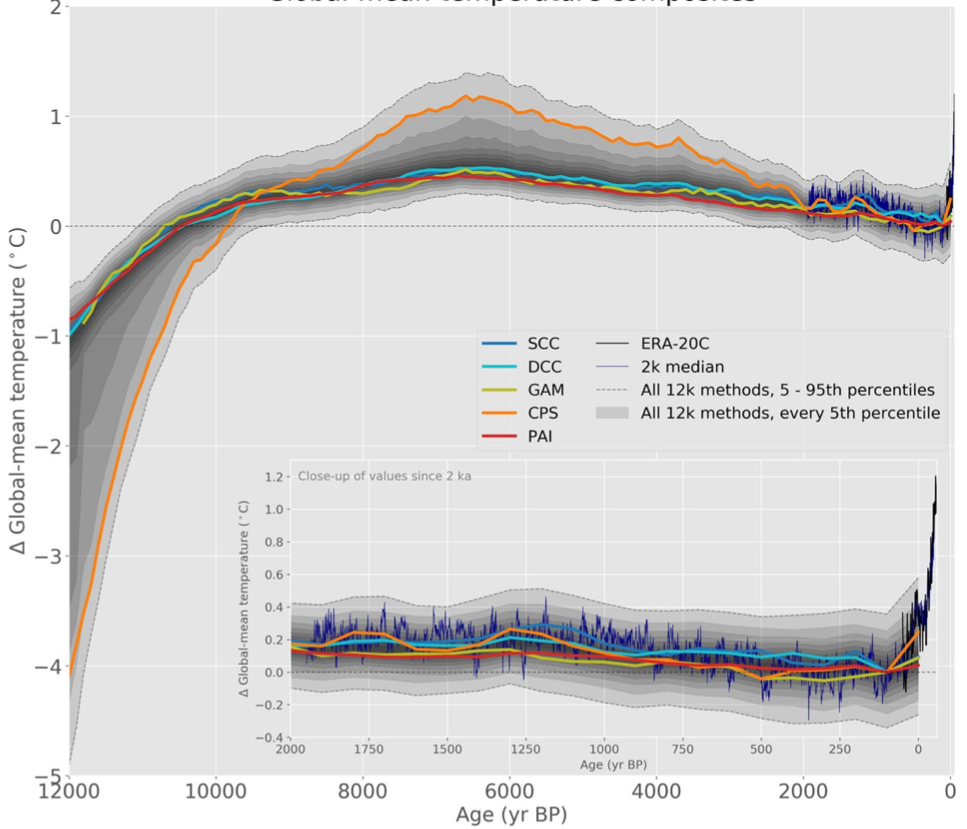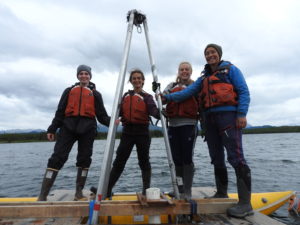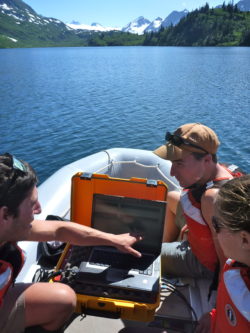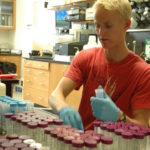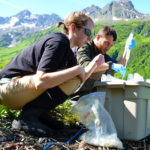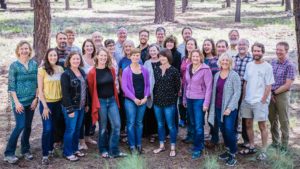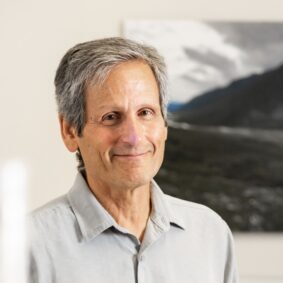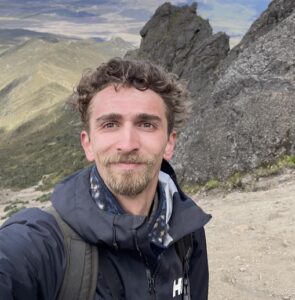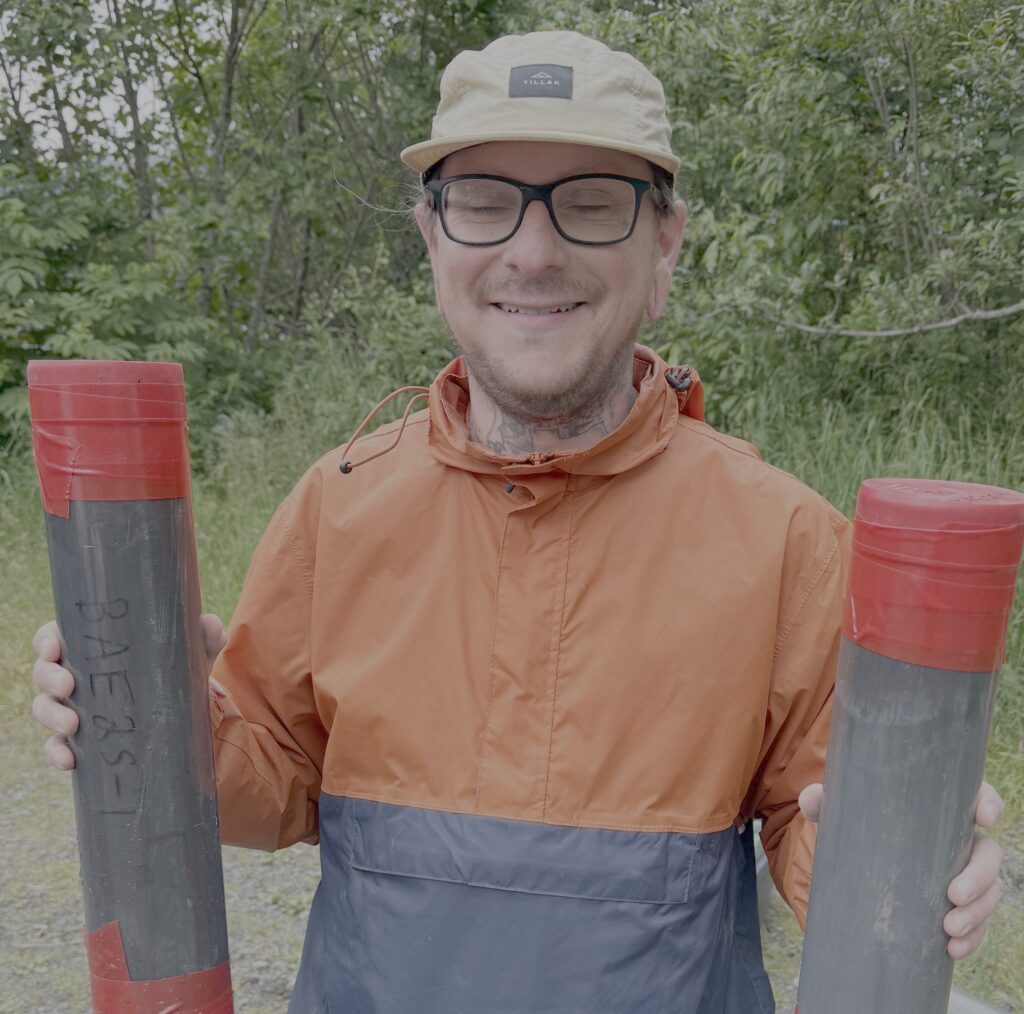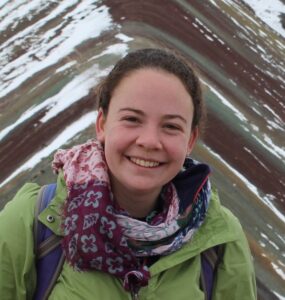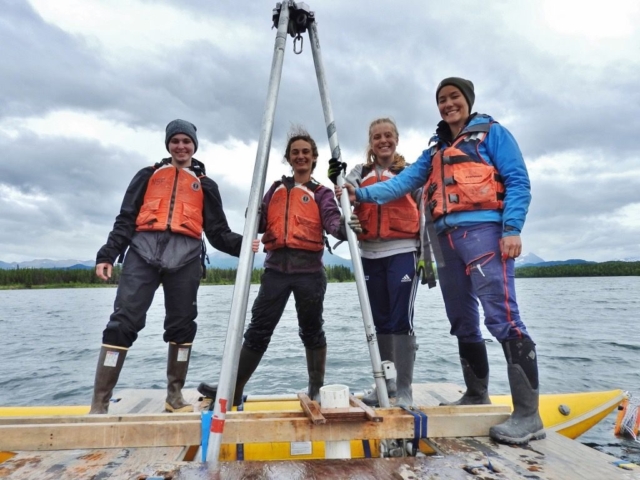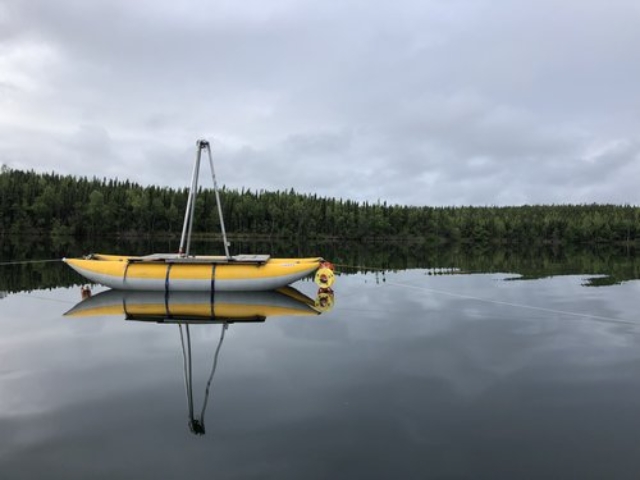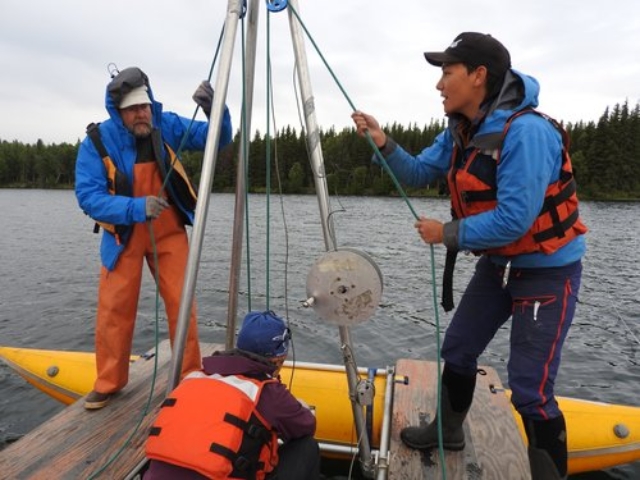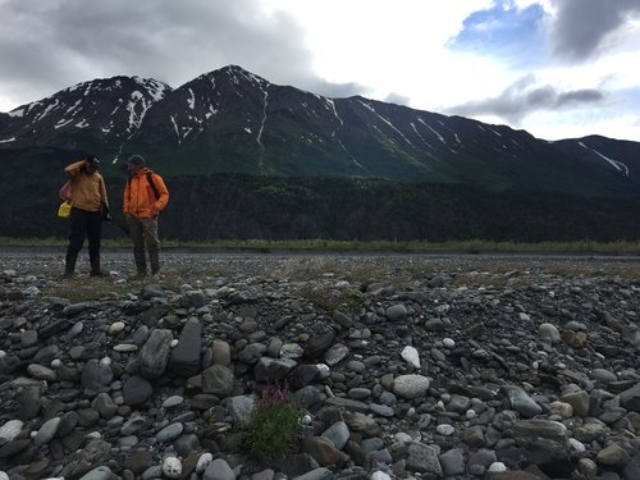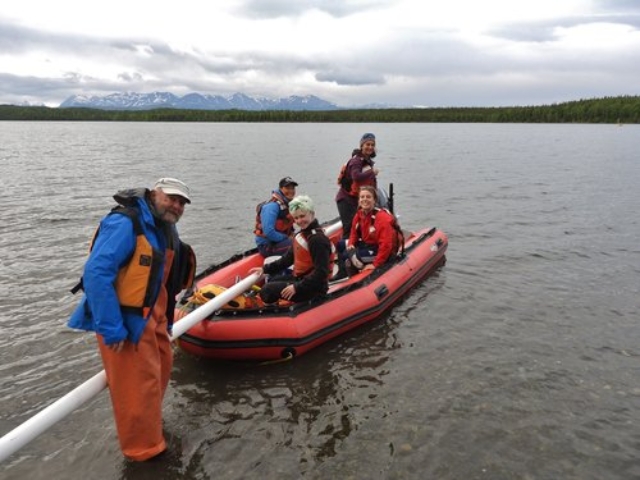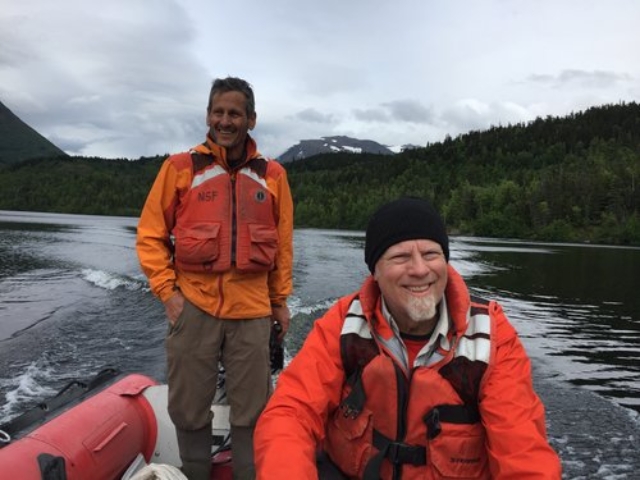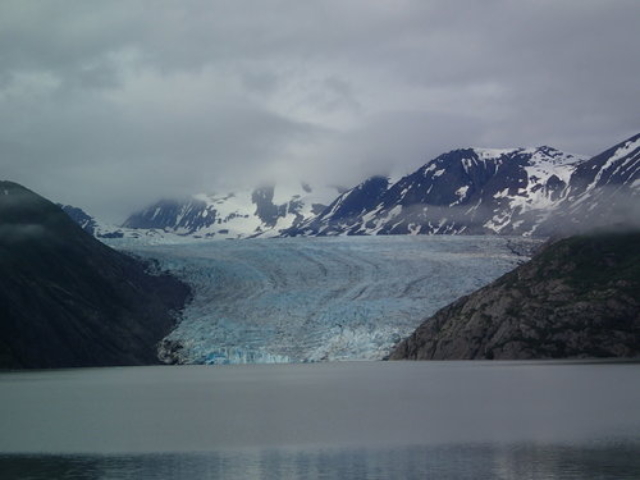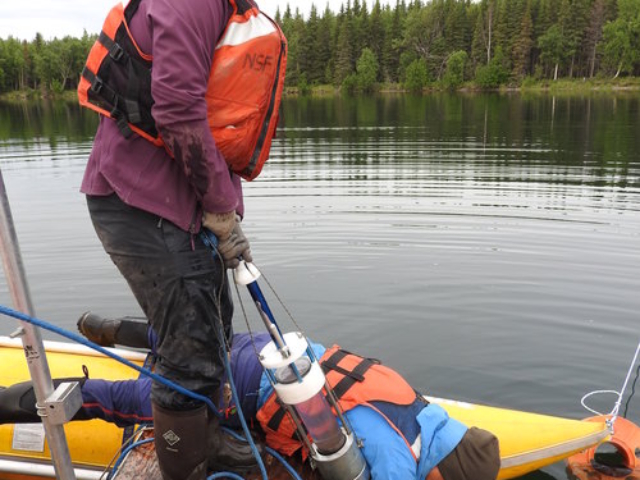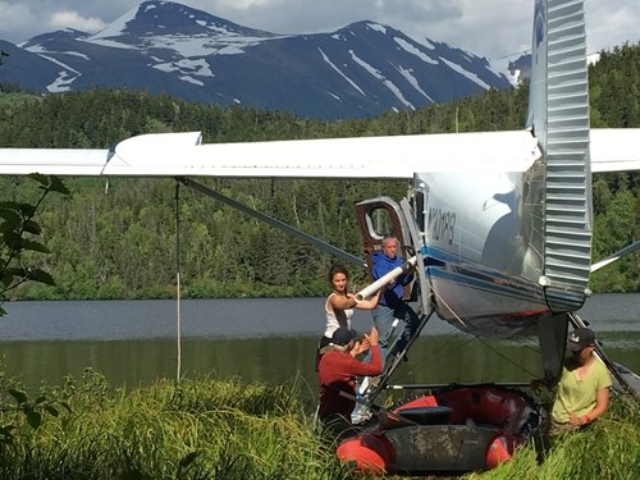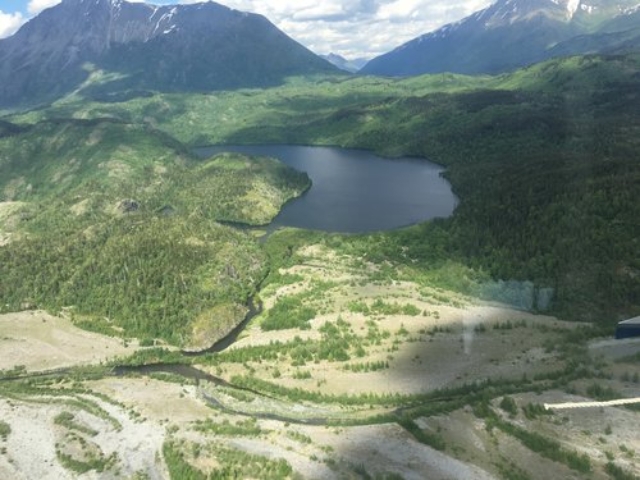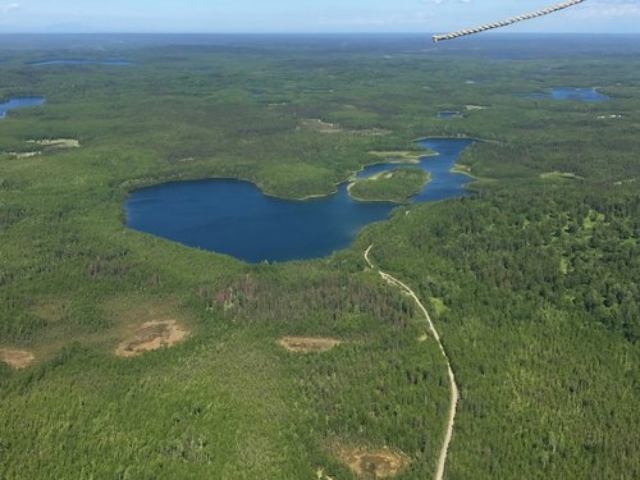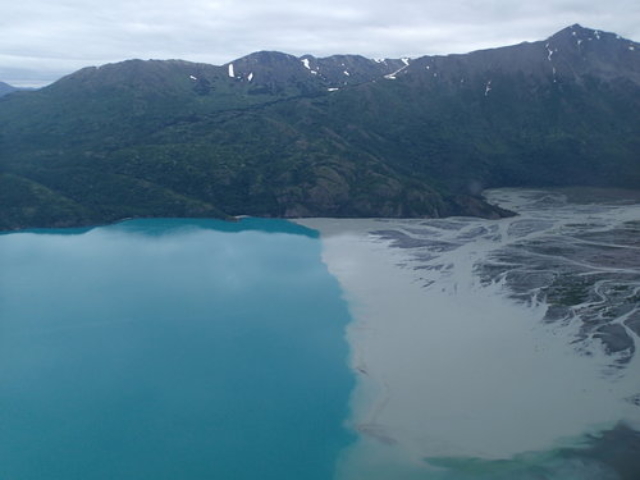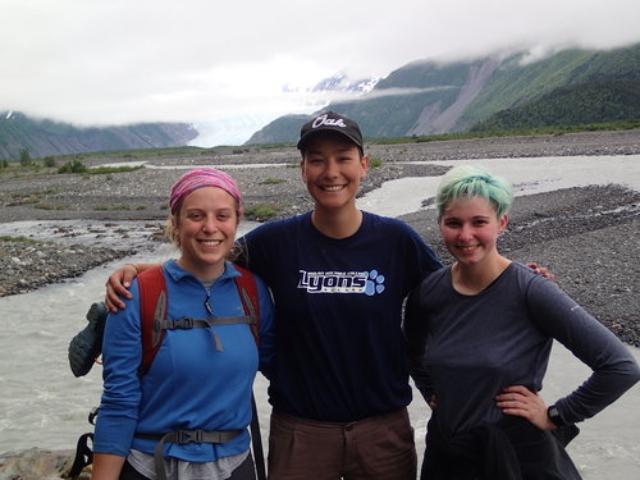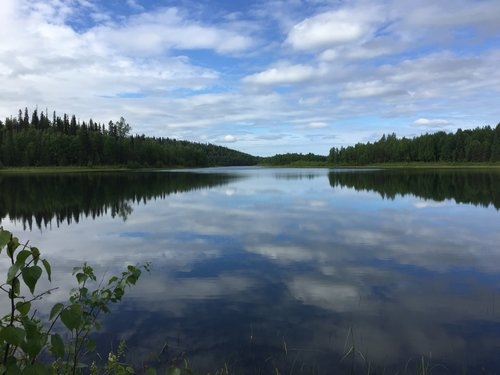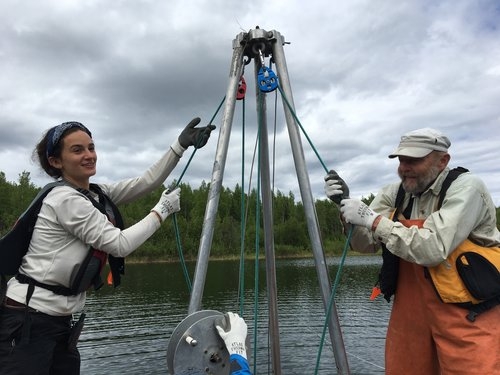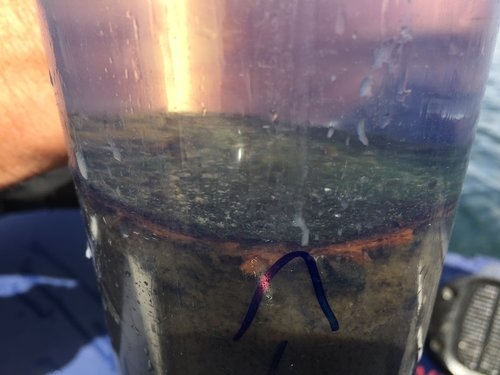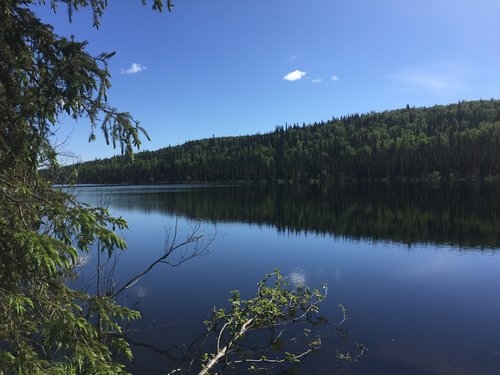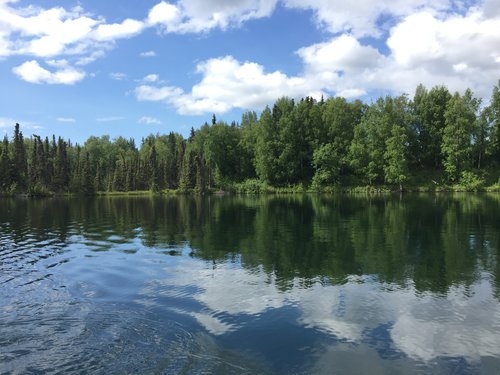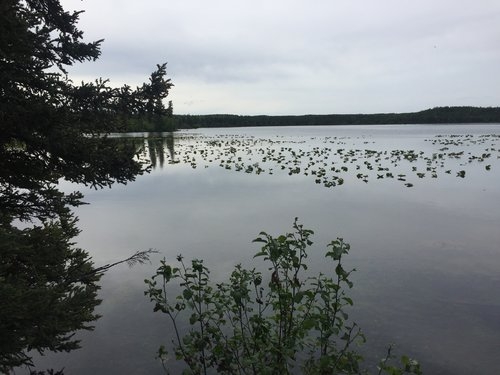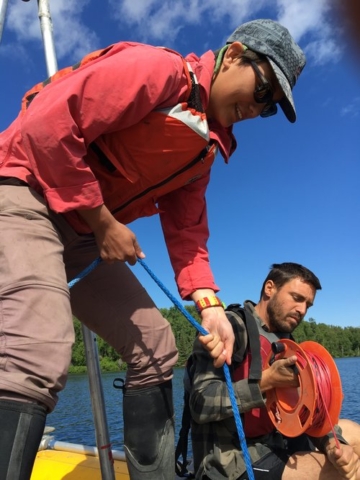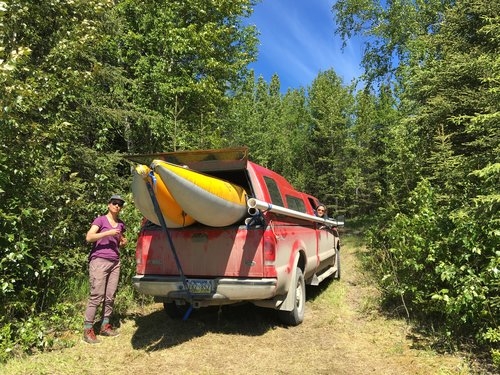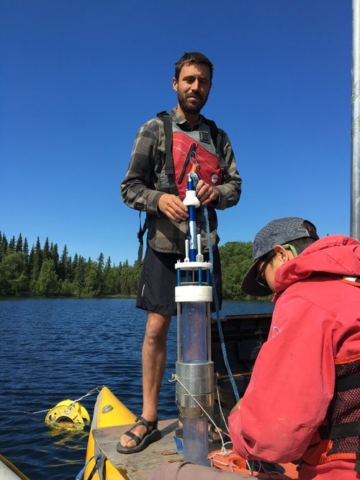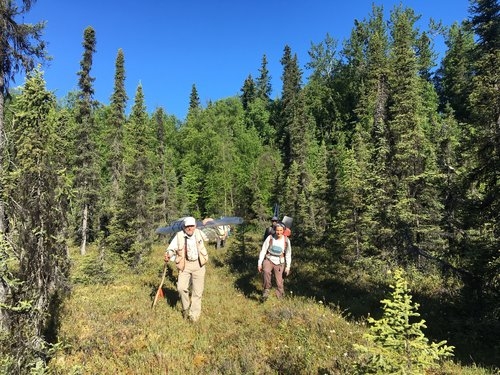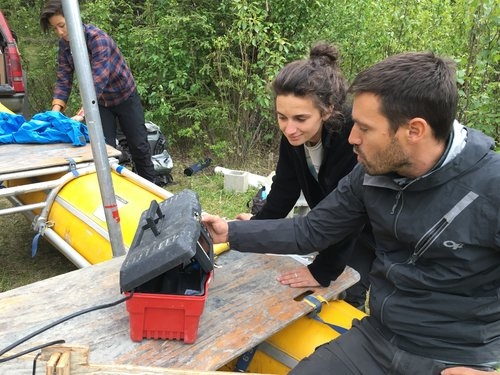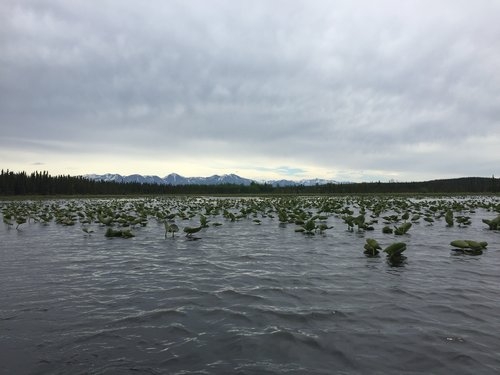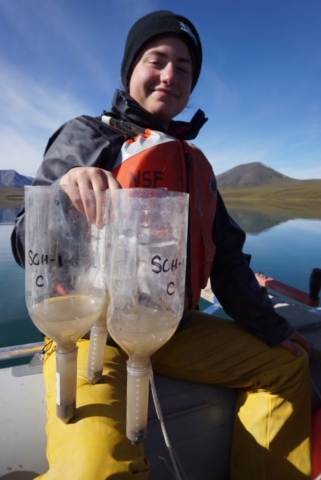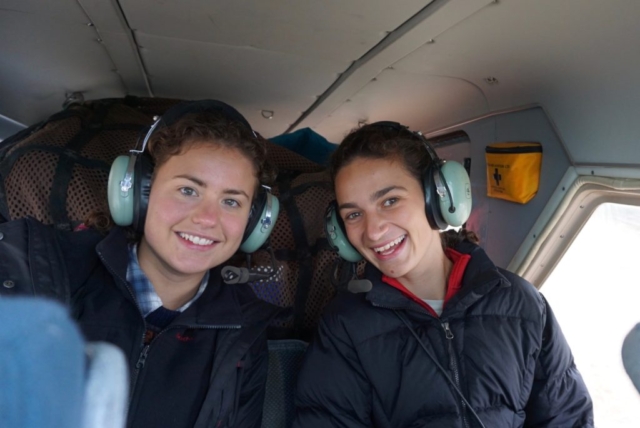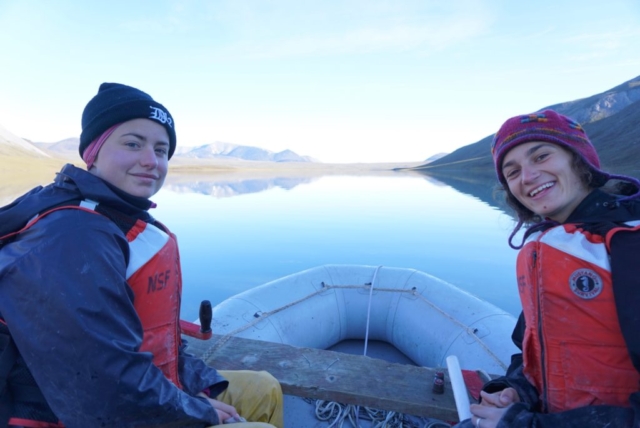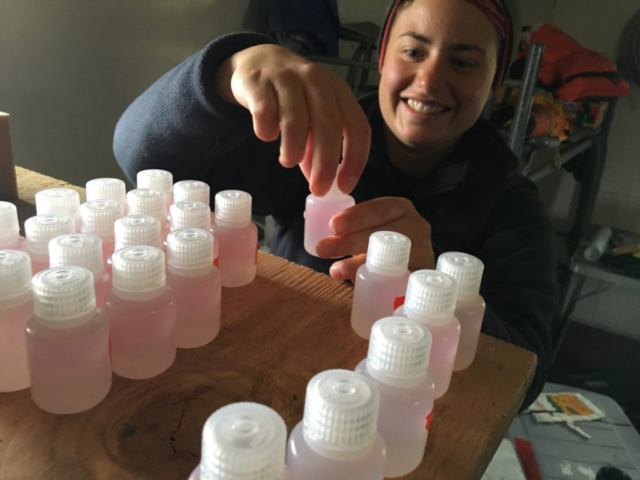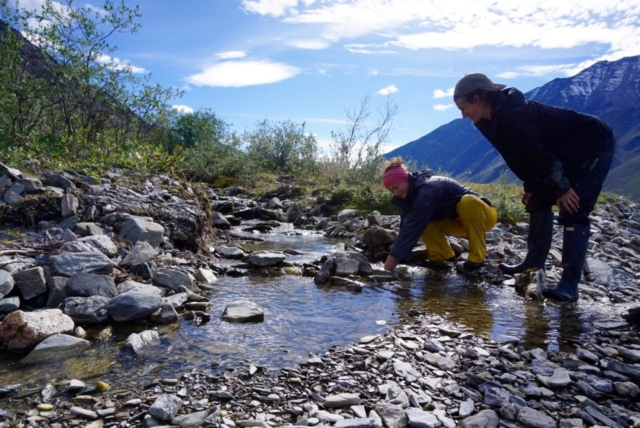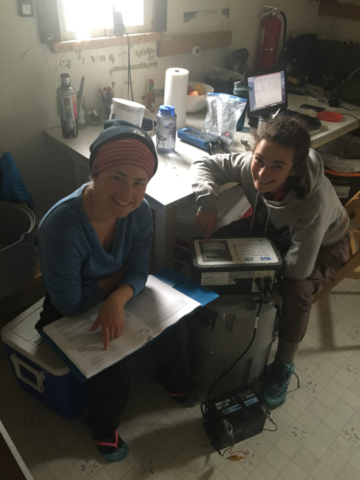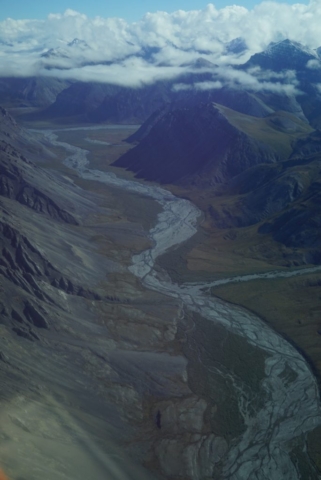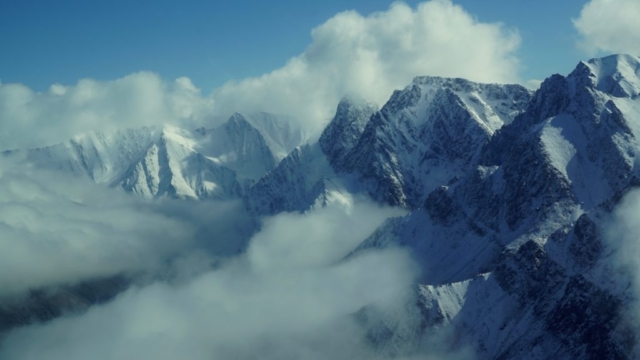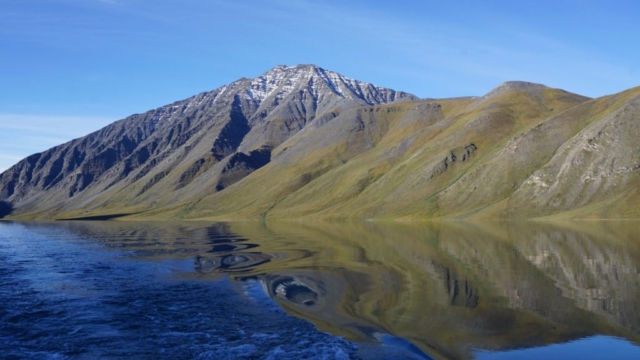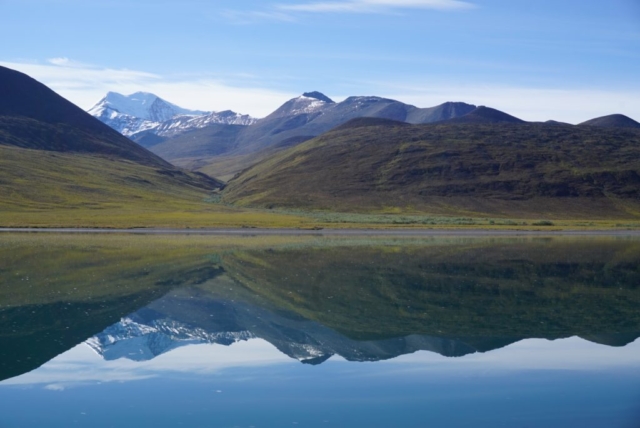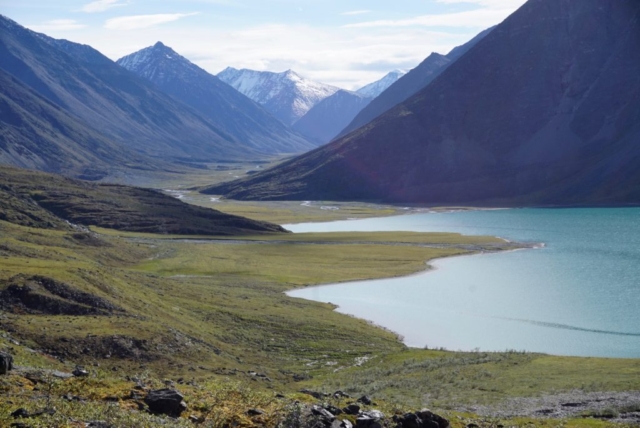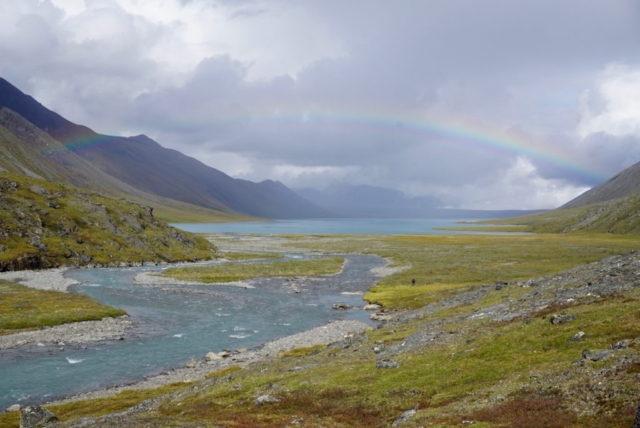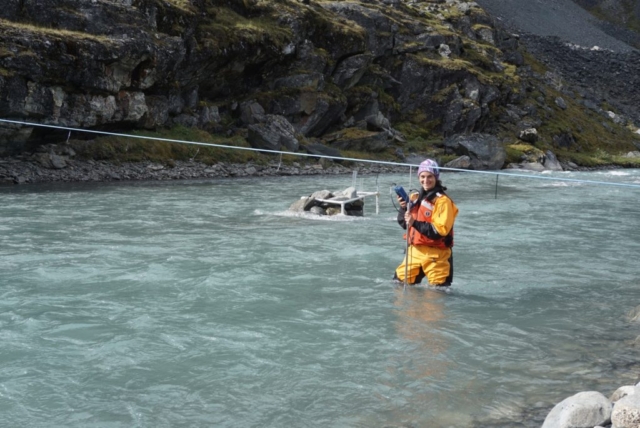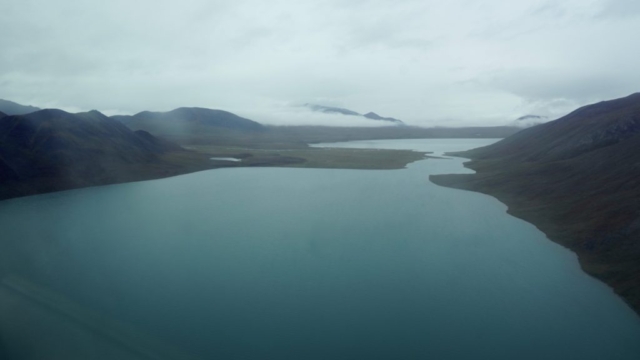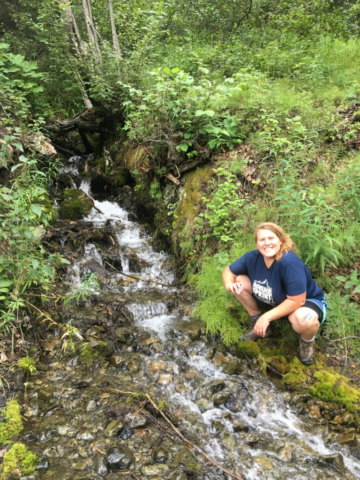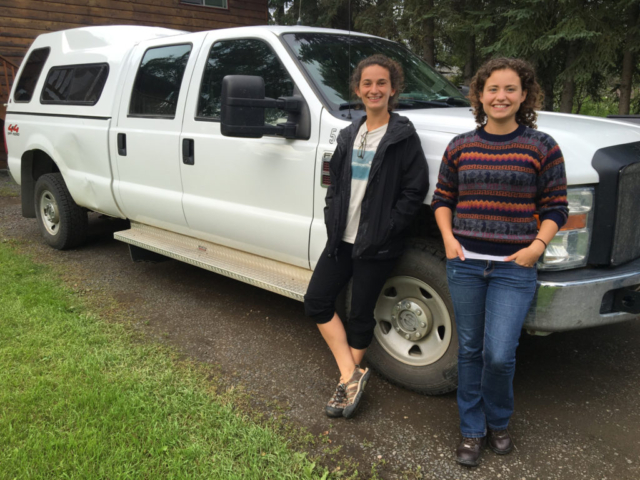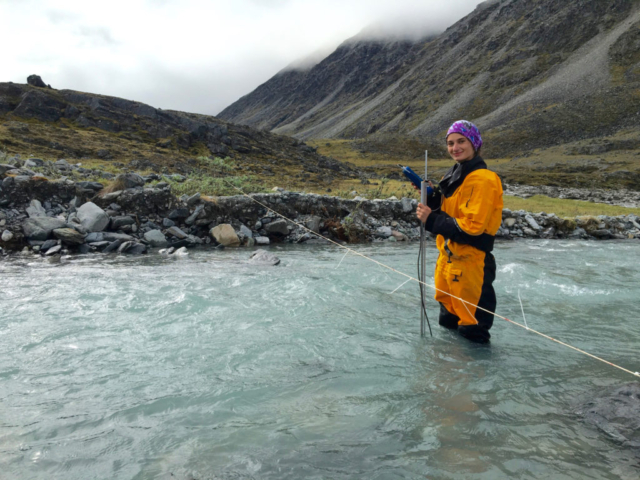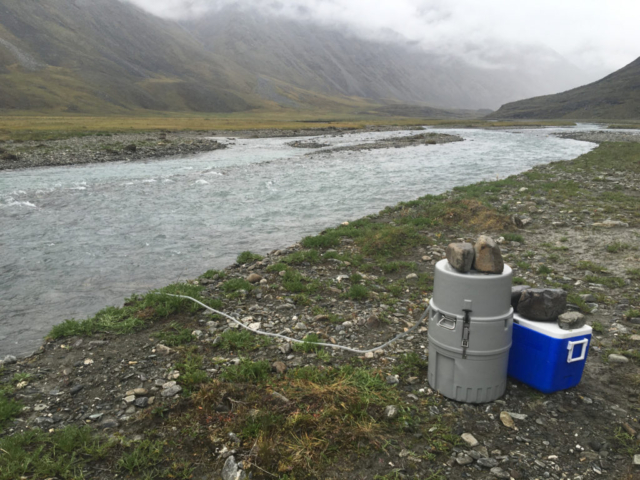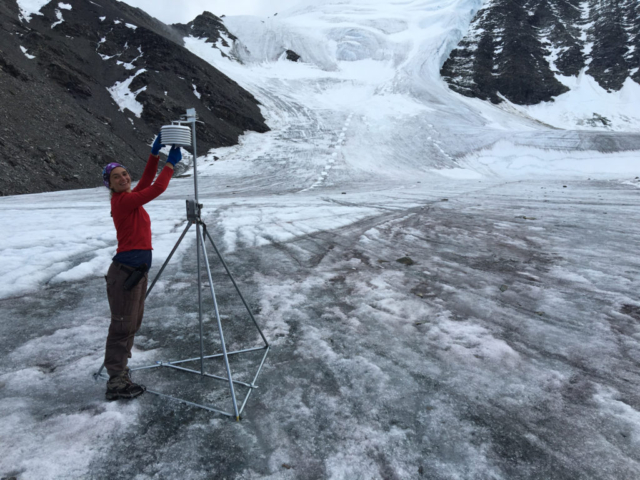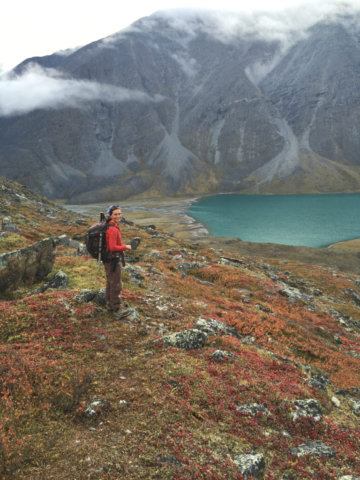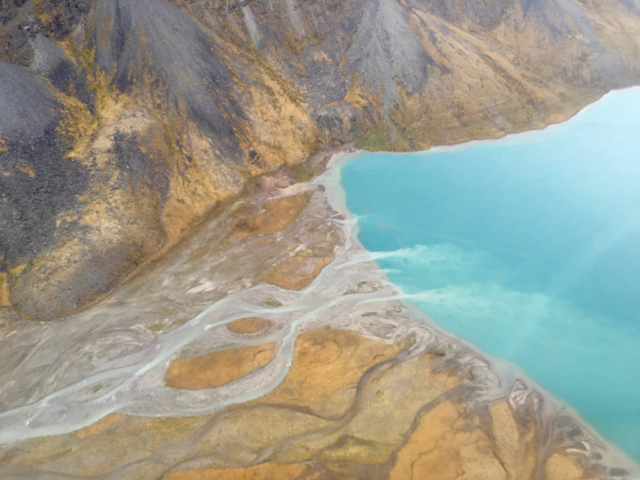Leah Marshall, 2025, PhD Earth Science & Environmental Sustainability, Carbon accumulation and paleoenvironmental variability over the past 15,000 years from Arctic sedimentary records (Research Associate, Northern Arizona University)
Maurycy Żarczyński, 2023-2024, Visiting researcher, Polish National Agency for Academic Exchange Bekker Programme. Last glacial-interglacial environmental at Stoneman Lake, AZ using novel hyperspectral imaging techniques (Professor, Oceanography & Geography, University of Gdanask, Poland)
Laura Larocca, 2022-2023, NOAA Climate and Global Change Postdoctoral Fellow. Circum-Arctic glacier snowline altitudes over the last four decades (Professor, School of Ocean Futures, Arizona State University)
Scarlett Hunt, 2023, MS Geology, Amino acid racemization in Quaternary foraminifra from the Southern Ocean (School teacher, Flagstaff)
Caitlin Walker, 2023, Environmental Sciences – Paleoenvironments, Holocene eolian sediment and organic matter from terraces and hillslopes around Healy, central Alaska (Energy & Climate Consultant, Booz Allen Hamilton)
Joshua Smith, 2022, MS Geology, Amino acid geochronology of foraminifera from the central Arctic Ocean and Nordic Seas
Ellie Broadman, 2021, PhD Earth Sciences & Environmental Sustainability, Holocene hydroclimate in southern and Arctic Alaska inferred from diatom oxygen isotopes and data-model comparisons (Biologist, Sequoia & Kings Canyon Field Station, US Geological Survey)
Emmy Wroblenski, 2021, MS Environmental Sciences – Paleoenvironments, Multi-proxy evidence for climatic and environmental change during the Late Glacial and Holocene at Kelly Lake, Kenai Peninsula, Alaska (Environmental Scientist, Mott MacDonald, Seattle)
Annie Wong, 2019, MS Environmental Sciences – Paleoenvironments, Timing and rate of Skilak River outwash plain aggradation based on evidence from Pothole Lake, south-central Alaska.
Rebecca Ellerbroek, 2018, MS Geology, Three-component hydrograph separation for the glaciated Lake Peters catchment, Arctic Alaska (Instructor, Northern Arizona University)
Christopher (Chris) Benson, 2018, MS Geology, 16,000 years of paleoenvironmental change from the Lake Peters- Schrader area, northeastern Brooks Range, Alaska (Hydrologic Technician, US Geological Survey, Utah Water Science Center, Moab, UT)
Douglas Steen, 2016, MS Geology, Late Quaternary paleomagnetism and environmental magnetism at Cascade and Shainin Lakes, north-central Brooks Range, Alaska (Data Integration Analyst, COE Distributing)
Paul Zander, 2015, MS Geology, Tephrochronology and paleoenvironmental change during the past 15,000 years at Whitshed Lakes, south-central Alaska (PostDoc, Max Planck Institute for Chemistry)
Jonathan Griffith, 2014, MS Geology, A multi-proxy record of Holocene paleoenvironmental and paleoclimate change at Lake Token, south-central Alaska (Education and Outreach Associate, University Colorado, Boulder)
Taylor LaBrecque, 2014, MS Geology, Holocene glacier fluctuations inferred from proglacial-lacustrine sediment cores from Emerald Lake, Kachemak Bay, Alaska (Environmental consulting, Maine)
Brandon Boldt, 2013, MS Quaternary Sciences, A multi-proxy approach to reconstructing Holocene climate variability at Kurupa River valley, Arctic Alaska (Brewmeister, Denver, CO)
Anne Krawiec (Hamblin), 2013, MS Geology, Holocene tephrochronology and storminess inferred from two lakes on Adak Island, Alaska (Professional Development Coordinator,, Northern Arizona University)
David Vaillencourt, 2013, MS Quaternary Sciences, Five-thousand years of hydroclimate variability on Adak Island, Alaska inferred from dD of n-alkanoic acids (Orion GMP Solutions, Organic chemistry, Colorado Springs, CO)
Chris Kassel, 2009, MS Geology, Lacustrine evidence from Mother Goose Lake of Holocene geothermal activity at Mount Chiginagak, Alaska Peninsula (Geologist, Arcadis Consultancy, Syracuse, NY)
Heidi Roop, 2009, MS Geology, Climate influence on varve sedimentation at Cascade Lake, Ahklun Mountains, southwestern Alaska (Professor, University of Minnesota)
Caleb Schiff, 2007, MS Geology, Late Holocene storm-trajectory changes inferred from the oxygen isotope composition of lake diatoms (Restaurant owner, Pizzicletta, Flagstaff, AZ)
Nicholas McKay, 2007, MS Geology, Late Holocene climate at Hallet and Greyling Lakes, central Chugach Range, south-central Alaska (Professor, Northern Arizona University)
Thomas Daigle, 2006, MS Geology, Late Holocene climate change at Goat Lake, Kenai Mountains, south-central Alaska (Consulting Geologist, Denver, CO)
Kasey Kathan, 2006, MS Geology, Late Holocene climate fluctuations at cascade Lake, northeastern Ahklun Mountains, southwestern Alaska (Vermont Dept of Environmental Conservation)
Janelle Sikorski, 2004, MS Geology, Little Ice Age glacier fluctuations and winter precipitation, Brooks Range, Alaska (Instructor, University Alaska, Anchorage, AK)
Christian deFontaine, 2004, MS Geology, Holocene tephrochronology, Cook Inlet, Alaska (Environmental Scientist, U.S. Geological Survey)
Nicholas Balascio, 2003, MS Geology, Late Wisconsin equilibrium-line altitudes, Brooks Range, Alaska (Professor, Earth & Climate Sciences, Bates College, Lewiston, Maine)
Jordon Bright, MS Quaternary Sciences, 2003, Oxygen isotopes and ostracodes in a 250,000-year-long core from, Bear Lake, Utah/Idaho (Research Associate, Northern Arizona University)
Laura Levy, MS Geology, 2002, Late Holocene glacier fluctuations, Ahklun Mountains, SW Alaska (Professor, Humbolt State University, CA)
Gary O’Brien, MS Geology, 2002, Oxygen isotope composition of banded Quaternary travertine, Grand Canyon National Park, Arizona (Research Associate, Utah State University, Logan, UT)
Benjamin Laabs, MS Geology, 2001, Quaternary lake-level and tectonic geomorphology, Bear Lake Valley, Utah/Idaho (Professor, North Dakota State University, Fargo)
Yarrow Axford, MS Geology, 2000, Late Quaternary glacier fluctuations and vegetation change in the northwestern Ahklun Mountains, SW Alaska (Professor, Northwestern University, IL)
Kathy Lemke, MS Geology, 2000, Holocene tephrochronology of the Homer area, Cook Inlet, Alaska (Lecturer, Puget Sound Community College, WA)
Jason Briner, MS Geology, 1999, Late Wisconsin glacial chronology of the western Ahklun Mountains, SW Alaska (Professor, University of Buffalo, New York)
Jeffrey Bigelow, MS Geology, 1998, Amino acid geochronology of the Lahontan basin, Nevada (Waterborne Environmental, Saratoga Springs, NY)
David Bouchard, MS Geology, 1997, Quaternary Bear River paleohydrogeography reconstructed from the 87Sr/86Sr composition of lacustrine fossils
Amy Hochberg, MS Geology, 1996, Aminostratigraphy of Thatcher Basin, SE Idaho–Reassessment of Pleistocene lakes (Geology Instructor, Utah State University)
Caleb Thompson, MS Geology, 1996, Pre-late Wisconsin glacial history of the Naknek River valley, SW Alaska (Database developer, MongoDB, New York)
Karen Stilwell (Miller), MS Geology, 1995, Late Quaternary glacial geology, shoreline morphology, and tephrochronology of the Iliamna/Naknek/Brooks Lake area, SW Alaska (President, M2 Resource Consulting)
